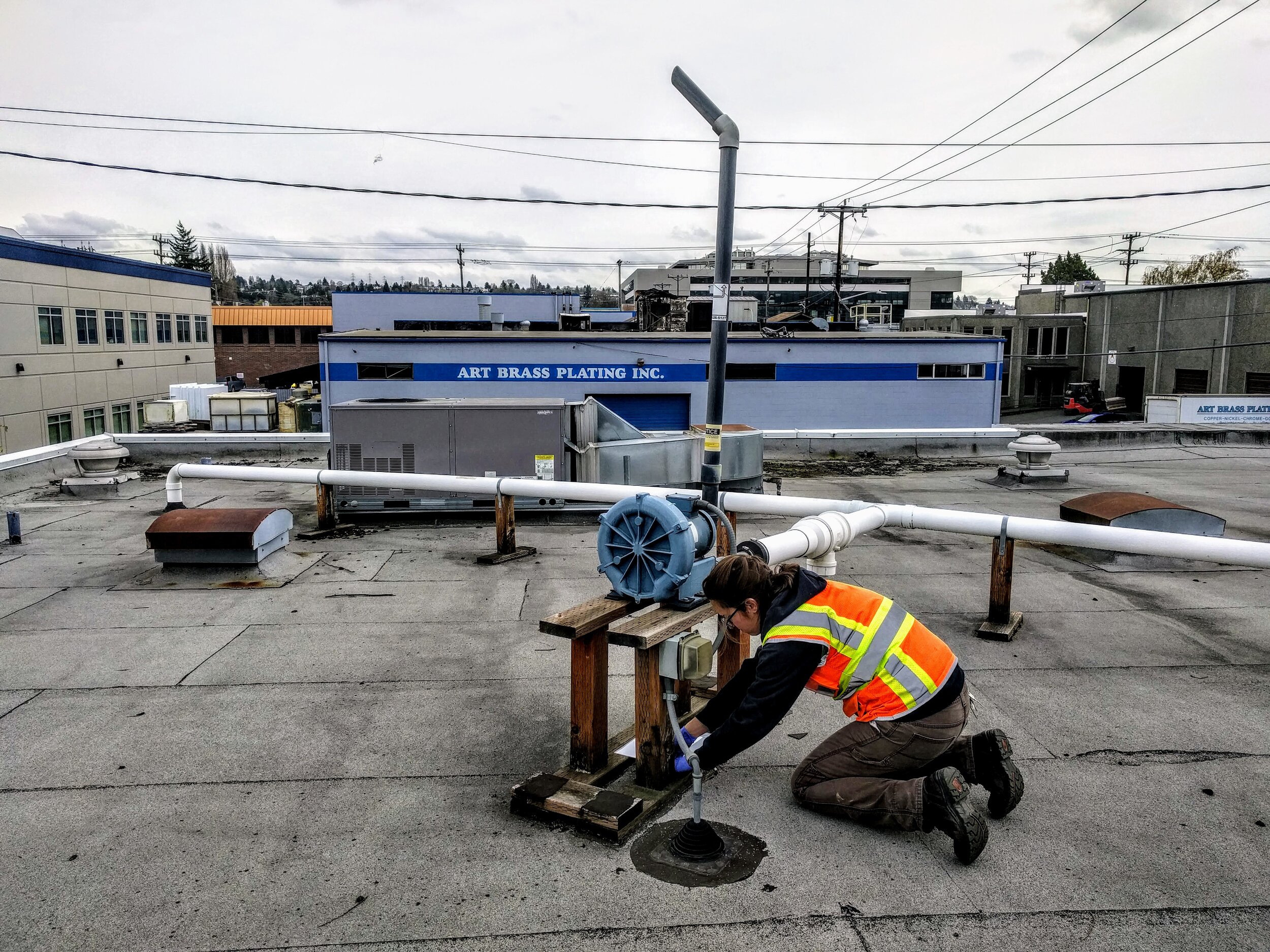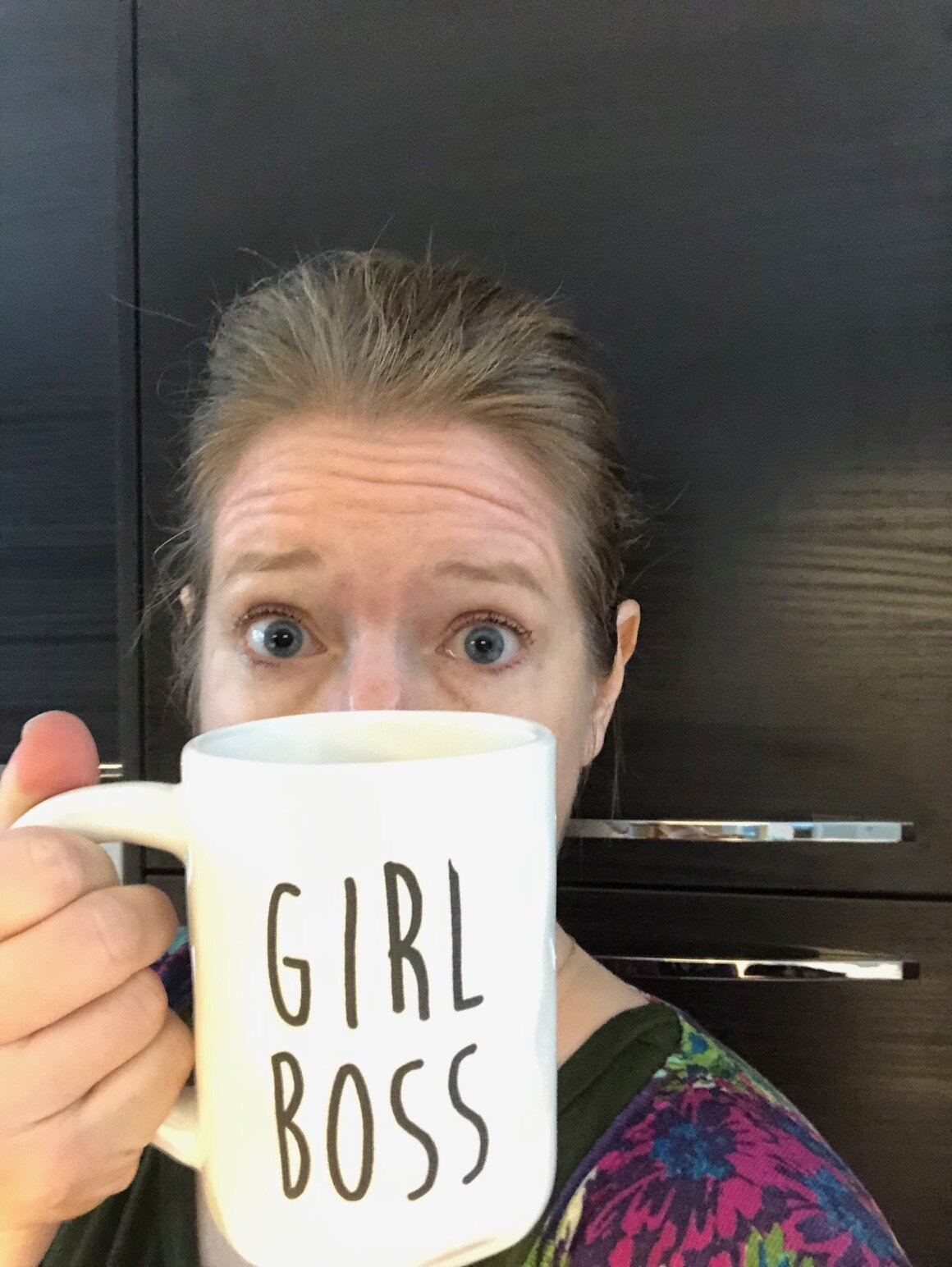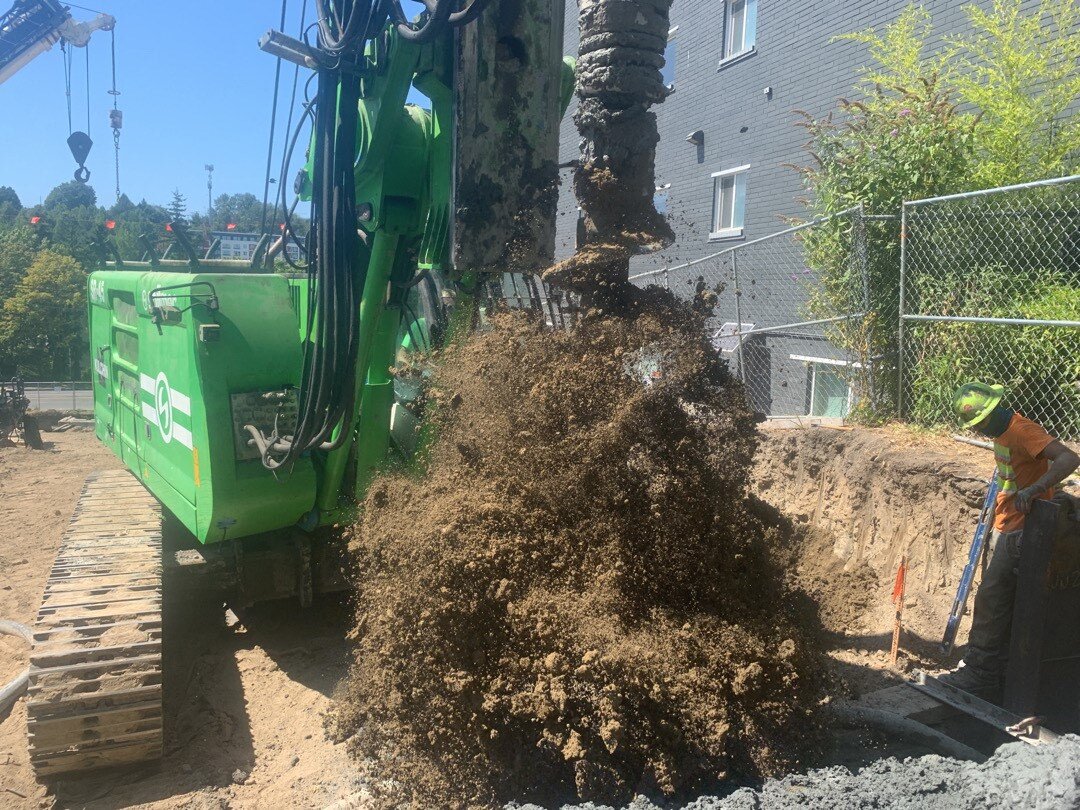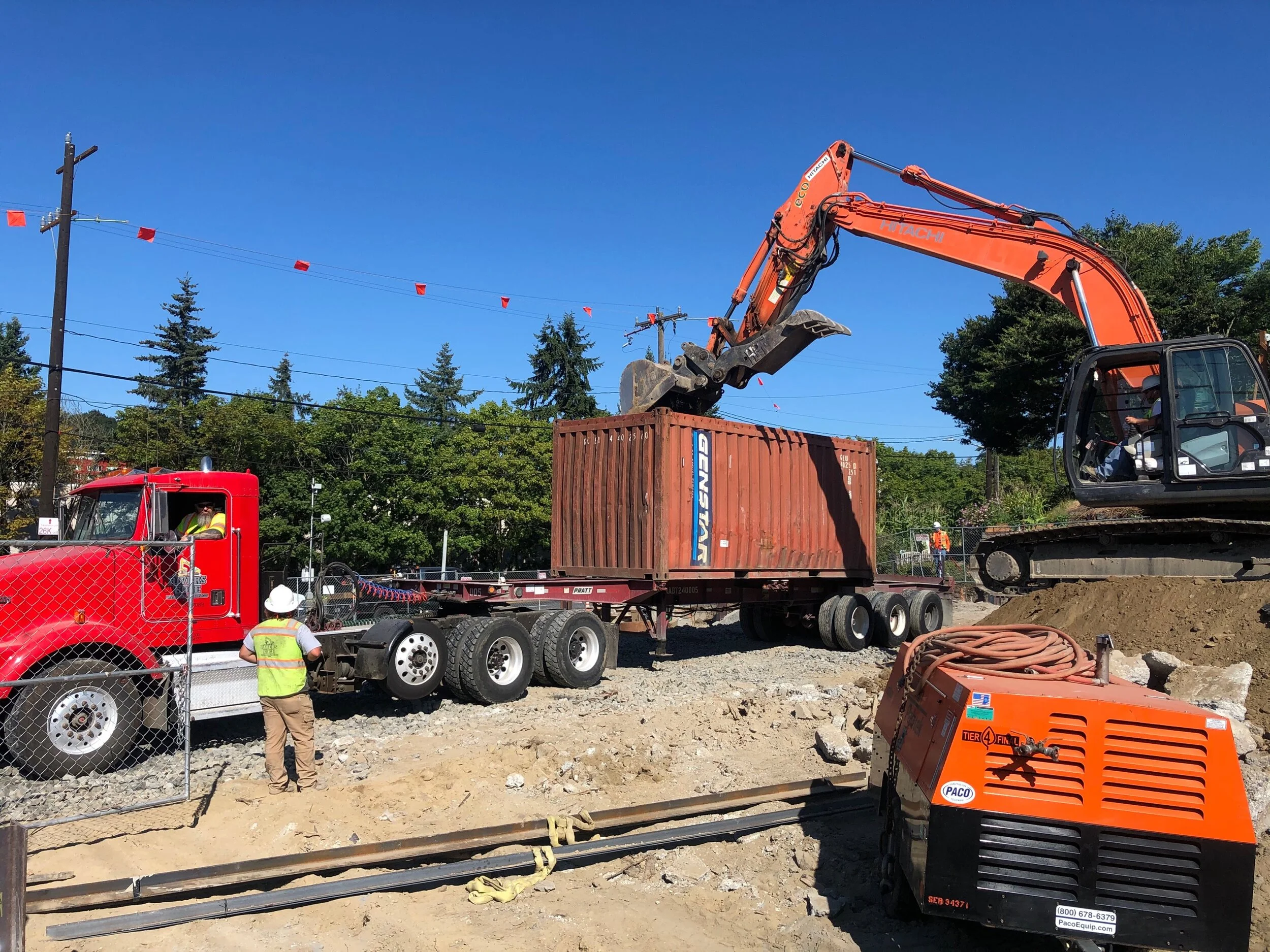Aspect recently welcomed Marc Chalfant to our Seattle office. Here are Five Questions we asked to get to know him better.
Marc Chalfant, PE, Project Engineer
Backpacking the Alpine Lakes Wilderness
1. Where are you from? If you’re not from the Pacific Northwest, what brought you here?
I’m originally from Yellowstone National Park and having lived in a handful of states (and a Canadian province!), I finally find myself firmly planted in Seattle, where I’ve lived for the last 6 years. The mountains and culture brought me here, and after learning how to enjoy the long, dark winters, I’ve grown to appreciate the Pacific Northwest more and more every year.
2. What inspired you to pursue remediation engineering? What made you curious about it?
Growing up in a National Park engrained a sense of environmental responsibility and interest. In college, a hydrogeology course sparked an interest in remediation. The combination of geology, water resources, and chemistry in the context of environmental work got me hooked. My curiosity turned into a career when I accepted a position to research remediation approaches in graduate school at Colorado State University.
3. What do you like best about your area of expertise? What excites you and keeps you motivated?
Because remediation engineering is a relatively young field, our collective knowledge and skills are continuously developing. I love being in a field where creativity and nuance provide value on a technical level. It is also a great feeling knowing that at the end of the day we are working to reduce risk to human health and the environment, which is something I am proud of.
4. What do you like to do when you aren’t working?
Whether on skis, in climbing shoes, or packed for a week-long backpacking trip, you’ll be hard-pressed to find a weekend where I’m not in the mountains in some form, joined by my fiancée, Tamera. I also play ice hockey, enjoy cooking, and have taken to designing and constructing outdoor gear including packs, tents and sleeping bags.
5. Where in the world would you like to travel next?
I’d love to check out more of southeast Asia. We visited Indonesia a couple years ago, and it was hands-down the best trip I’ve ever taken. The food, climate, variety of activities, and natural beauty were unmatched!























